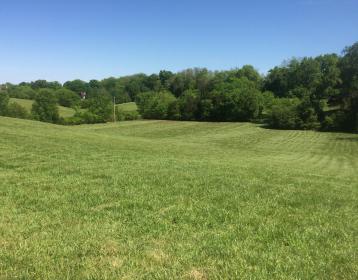If we go forward with this land and stick to our game plan year we will have 12-14 acres that could be hayed in theory.
As it is, from what I’ve read so few acres is not worth a good farmers time unless it is essentially in their backyard.
In upstate SC what are the odds I could find someone who would want to hay the field in exchange for taking it all or maybe a 80-20 or 90-10? What other arrangements have people worked out?
The field is weedy and I don’t even know what grass is growing. I’m having an extension specialist out ASAP to learn more about what I’m looking at and recommendations on how to start improving the land. Any recommendations on resources for learning about things like soil testing and grass improvement?
My biggest concern is maintaining AG status on newly purchased land, keeping grass at reasonable length, and alleviating the need to bushhog and waste a bunch of potential hay we don’t need right now.
It seems like it could be a win-win in theory but perhaps finding someone to hay for free just isn’t a thing?


 And that’s just for those who do maximum turnout on pasture. If the turnout is on paddocks where the stocking rate is multiple horses per acre the problem is even more dramatic and will require a more dramatic solution.
And that’s just for those who do maximum turnout on pasture. If the turnout is on paddocks where the stocking rate is multiple horses per acre the problem is even more dramatic and will require a more dramatic solution.